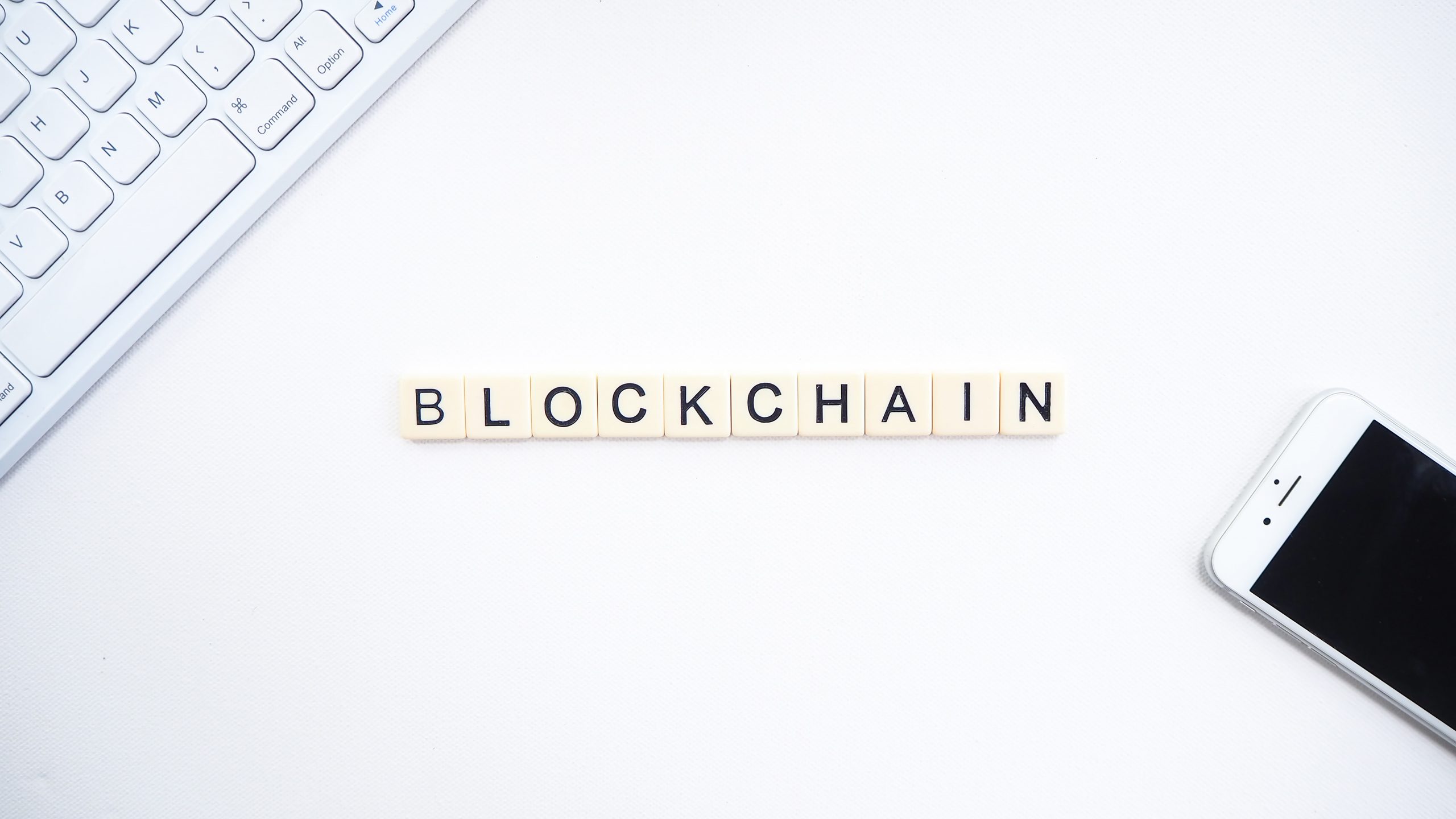What is The Blockchain Technology?
A Blockchain is a digital ledger containing records that are Cryptographically linked together, also known as Blocks. Every block contains information about its predecessor. These blocks form a chain (and therefore the name), with each new block strengthening the preceding ones. Blockchains are resistant to data tampering since the data in any block, once recorded, cannot be changed without affecting all subsequent blocks.
A blockchain can be divided into numerous tiers:
- Hardware
- Finding nodes, spreading information, and verification
- Proof of Work and Proof of Stake
- Blocks and Transactions
- Smart Contracts
- Decentralized applications (dApps)
In a decentralized system, nodes store, distribute, and preserve blockchain data. Nodes can be computers, laptops, servers, and any kind of other device. Every node possesses a copy of the blockchain in a Decentralized platform. Database replication and computational trust are used to keep data quality high.
How Blockchain Works?
- Every block comprises three elements, data, nonce (a 32-bit whole number generated randomly when a block is constructed), and hash (block header which is a 256-bit number generated with the nonce). The data in the block is regarded as signed and irrevocably linked to the nonce and hash before it is mined.
- Miners (people who add subsequent blocks on a chain) utilize specialized software that solves complex math problems to get a nonce that would generate a hash. This process is called Mining. If you want to make modifications to any block at the starting of the chain, then you would have to re-mine. This would not only affect the block which needs changes but all subsequent blocks as well. This makes manipulating data in a Blockchain difficult.
- The nodes connecting to a chain form the distributed ledger. To update, and verify the chain, the network algorithmically approves freshly mined blocks. Each transaction can be viewed and analyzed in a decentralized ledger. To track transactions, each participant is assigned an alphanumeric identification number.
Benefits of Blockchain
- When single entities cannot take responsibility for exchanging data or funds, Blockchain facilitates the much-needed data exchange. For instance, multiple organizations (suppliers, distributors, and retailers) need information from others in a supply chain, but there is no single authority that can act as the leader and manage everything. In such conditions, Blockchain can help in the transfer of information and funds within the supply chain system.
- With end-to-end encryption, blockchain generates unchangeable records of transactions that prevent unwanted data modification and fraud.
- Blockchain data is kept across a network of computers, making it nearly impossible to attack (unlike Centralized systems that store data altogether in servers).
- Blockchain supports peer-to-peer transactions and helps save transaction costs applied by third-party services like banks, payment apps, and more. This is the reason why Blockchain can handle transactions faster than traditional techniques.
- Blockchain can track the origins of a number of commodities. This becomes helpful to track essential commodities like medicines or food to confirm if they are real or not.
- Blockchain allows people to have control over their digital data. Web 2.0 is generally regarded as the generation of marketing through data invasion. Corporations track the interests of users through their searches, likes, places they have visited, etc. to engage users with ads suited to their interests. With Smart Contracts, people can finally choose shareable data.
Blockchain Use cases
Although Cryptocurrency and NFTs have become quite a sensation, there are several uses of Blockchain other than NFT Marketplaces and Cryptocurrency Exchanges. Blockchain can be used in tracking music royalties, real-time IoT operating systems, anti-money laundering tracking systems, personal identity security, real estate processing platforms, and more!
With many startups and big players entering the market, Blockchain can potentially become a part of our everyday lives very soon. It will be interesting to see how people use blockchain in the coming years, and whether it will continue to grow at its current pace.
The implications of blockchain are especially captivating when it comes to global cryptocurrency adoption. While the technology is still new and faces a lot of regulatory hurdles, the use cases are undeniable, and the possibilities are huge. So much that Digital Estate Planning is something a person should put on their radar to protect and transfer their Digital Assets in the future.
Just think about what you would want your loved ones to have access to when you’re no longer around. Do you have a valuable collection of art, letters, Cryptos, or videos? Do you have an online presence that is dear to you? It’s important to plan ahead and protect it from misuse or disappearance.
With Clocr, you can readily create and manage a Digital Estate Plan which would ensure that your monetary and non-monetary digital assets are passed to your family members smoothly after your demise or incapacitation.




